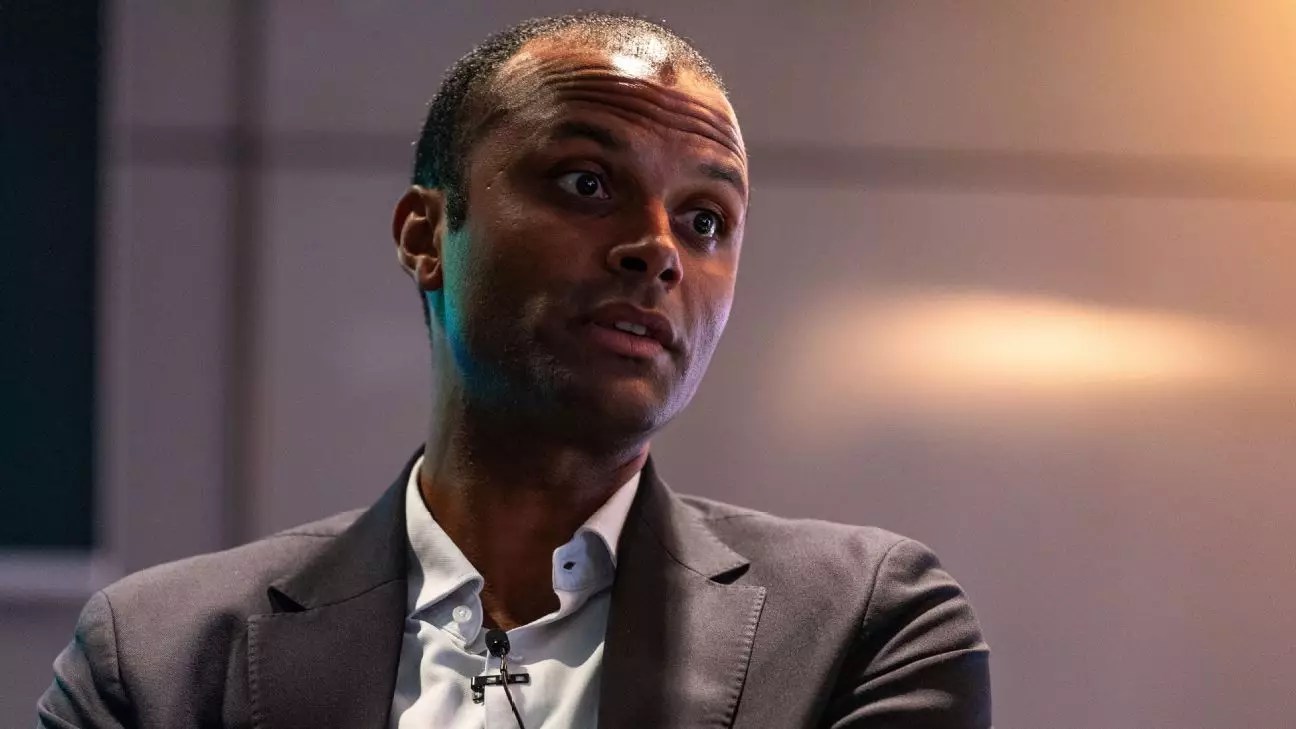The modern football landscape is a whirlwind of exhilarating competitions, global marketing opportunities, and relentless pressure. In this context, the call for player protection resonating from the Professional Footballers’ Association (PFA), spearheaded by CEO Maheta Molango, highlights a significant concern: the balance between pushing for excellence and ensuring the longevity of players’ careers. As star talents like Jude Bellingham, Bukayo Saka, and Phil Foden navigate an increasingly demanding schedule, the potential for burnout looms large.
Molango’s statements to ESPN bring to light an alarming trend. The incessant schedule, as seen in the upcoming FIFA Club World Cup in the summer of 2024, adds pressure not only to clubs but significantly to their star players. With Bellingham, Saka, and Foden already grappling with injuries, the physical and mental toll of playing extensive seasons is becoming clearer. Injuries suffered by other prominent players, like Rodri and Dani Carvajal, serve as dire warnings of what happens when athletes are pushed to their limits.
The growing chorus for player protection echoes the concerns many have about the sustainability of careers in football. Molango pointedly remarked that the price for escalating workloads is steep, potentially robbing young talents of their prime years. The reality is stark: if the governing bodies of football fail to adapt, players may inevitably find themselves facing shortened careers due to wear and tear on their bodies.
With prominent players vocalizing their frustrations regarding fixture congestion, including talk of potential strike action, the urgency for reform cannot be overstated. Rodri’s insights reflect a broader sentiment within the player community that radical measures may indeed be necessary to safeguard their interests. There is a palpable fear that the expectations placed upon them will come at an irreparable cost, both to their playing abilities and their long-term health.
The PFA and FIFPRO are now in the throes of confronting these systemic challenges, including a legal pursuit against FIFA concerning player workloads. The weight of this issue extends beyond individual athletes. It connects to a wider narrative about player welfare and the sustainability of the sport itself. As Molango states, “everything is possible because the future of football is at stake.” This raises an essential question: will the sport’s custodians listen and adapt, or will they continue to prioritize profits over players’ well-being?
The risks associated with an intensified football calendar are not speculative; they are lasting and damaging. Molango draws attention to alarming trends in post-career health outcomes for players, citing rising statistics of hip and knee replacements among retired athletes. The physical toll taken by years of high-intensity matches is a silent specter hanging over the game, and it begs the question: at what point does the enjoyment and artistry of football give way to the grim reality of bodily decline?
If emerging stars like Bellingham, Saka, and Foden are to fulfill their potential and contribute to their clubs and national teams for years to come, it is imperative that they are afforded adequate rest and recovery. The physical demands of consistent back-to-back seasons cannot be overstated. Without intervention, the rhythm of relentless competition threatens to extract a heavy toll from the very players who enchant millions.
As discussions intensify over how to preserve the integrity and health of the sport, there exists an opportunity for collaboration between players, clubs, and governing bodies. The necessity for a reform in scheduling, balancing commercial interests with player welfare, is more crucial than ever. Molango’s warnings could be seen as a rallying cry for a paradigm shift—one where the rights of players take precedence over the relentless pursuit of profit.
Ultimately, the plight of football’s most coveted talents highlights a dichotomy between success and sacrifice. As the game continues to evolve, it is critical that all stakeholders recognize their collective responsibility in shaping a sustainable future. Ensuring young stars thrive—not just for weeks or months but for years to come—should be at the forefront of the football conversation. If steps are not taken to safeguard their well-being, the beauty of football may be overshadowed by the realities of burnout and injury, leaving in its wake a sport that failed to protect its most precious assets.


Leave a Reply